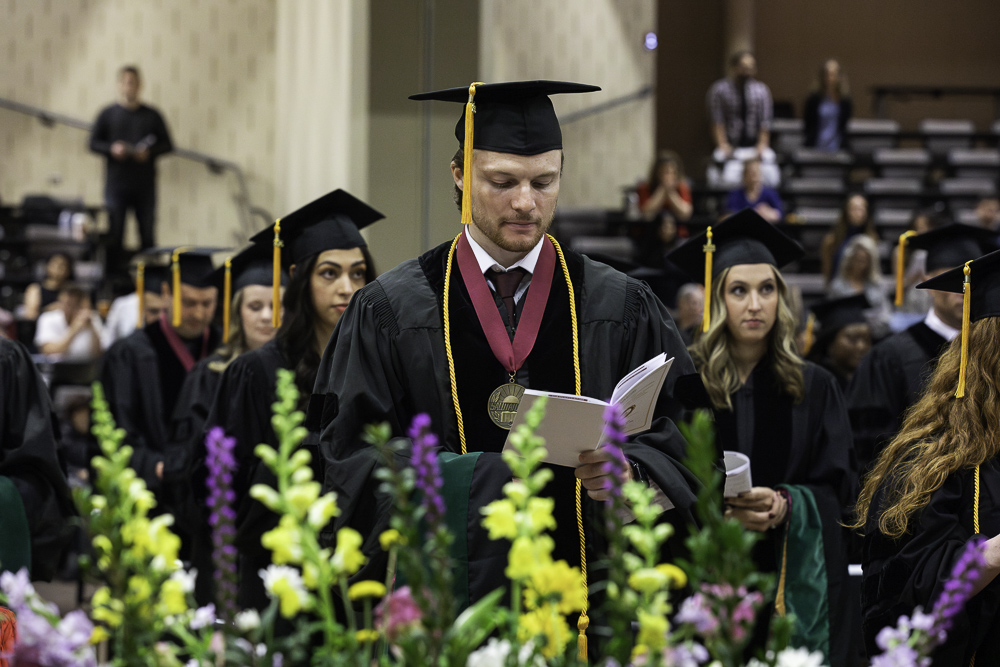Acupuncture is becoming more widely accepted as an effective means of treatment within the traditional health care system. According to an American Hospital Association survey, 42 percent of hospitals that offer complementary and alternative medicine provide acupuncture as an outpatient service.
Recent research regarding acupuncture treatment is also gaining recognition among health care practitioners. A 2017 study that tracked brain and nerve changes refutes a common but fraudulent claim that acupuncture’s effectiveness is the result of a placebo effect. Another study published in the American Journal of Emergency Medicine in 2016 found acupuncture to be more effective for pain relief than morphine.
What does acupuncture treat? Increasingly, more patients seek acupuncture treatment for illness, prevention, pain management, or mental and emotional well being. It is important for each patient and their practitioner to consider which type of acupuncture is needed. There are different “styles” or types of acupuncture, such as Korean acupuncture, Japanese acupuncture, and traditional Chinese acupuncture. Each type has a foundation in traditional Chinese medicine, and all are very effective.
Since acupuncture evolved in different regions of Asia, the different styles reflect the culture and history of each region. Here is a breakdown of each type of acupuncture:
Chinese Acupuncture
A Chinese acupuncture practitioner looks to China for their standard “traditional” model. In China, acupuncturists use big needles with a greater depth of insertion. They are trying to stimulate what is called the “de qi” sensation, or “arrival of qi,” which refers to the life energy (“qi,” or life energy, is also known as “chi”) that flows through a person’s body.
A Chinese acupuncturist will try to enhance that sensation by gently rotating the needle. If needed, a larger acupuncture needle will be used so patients will feel the needle when it is inserted. This pressure heightens the de qi response. Recent research, including 2013 and 2014 studies, show that the de qi sensation usually leads to a better outcome after treatment.
Japanese Acupuncture
In comparison to the Chinese style, Japanese acupuncture uses thinner needles and a gentler technique, with shallow insertion. Their diagnostic assessment relies heavily on palpation of the abdomen, back and various pulses along the meridian system. In fact, Japanese acupuncture is often called “meridian acupuncture” for this reason.
Western medicine moved into Japan much earlier than it did in other Asian countries through Dutch influence in the 1600s. Because of this, Japan has always had more of an interest in western medicine than oriental medicine. Japan even prohibited oriental medicine under Emperor Meiji in the late 1800s.
Later, acupuncture was finally allowed once again, but only as an occupation for those who were visually impaired or blind. This is why their style developed diagnostic methods that relied on palpation rather than sight — feeling the abdomen, back and meridian pulses rather than looking at visual characteristics of the tongue, eyes or fingernails. It is also why they use a lot of acupressure, as this technique was very adaptable to blind acupuncture practitioners.
Additionally, Japanese acupuncturists often use okyu, or “thread moxibustion,” to add to the soothing nature of Japanese acupuncture. Moxibustion is a form of heat therapy in which dried plant materials (derived from the mugwort plant) are burned very close to the patient’s skin on or around acupuncture points to facilitate healing. The “thread moxa” cone or punk sizes are usually very small, ranging from the size of a thread, sesame seed or grain of rice.
In Japan, moxibustion has been extensively developed as a distinct practice over the ages. In fact, the original Chinese characters denoting “zhen-jiǔ” literally translate as “acupuncture” (zhēn) and “moxibustion” (jiǔ). Together, these two complementary techniques form one fundamental approach to health.
Korean Acupuncture
While diagnosis in Korean acupuncture involves a full constitutional analysis much like in traditional Chinese medicine, the application of Korean acupuncture needles is different.
Korean acupuncture focuses on the extremities like the hand or ear. Most of the standard acupuncture protocols in Korea use only four needles. In fact, Korean acupuncture is often called “four-needle” technique (or Sa-am technique) for this reason.
The four needles are split two and two — two needles sedate or reduce excess qi in one organ system while two other needles tonify or increase qi in a second organ system. This balancing concept is the foundation behind four-needle acupuncture.
National University’s Approach
At National University of Health Sciences (NUHS), our foundation is rooted in traditional Chinese medicine (TCM), as are all major styles. While we provide a strong basis in TCM, we also expose our students to other styles, which are beneficial for their future careers. Learn more about what it takes to become an acupuncture and oriental medicine practitioner, or the field of acupuncture, by visiting our Master of Science in Acupuncture web page.
{{cta(‘b7d331ad-fee8-45d2-9abd-f26523a7e68e’)}}


